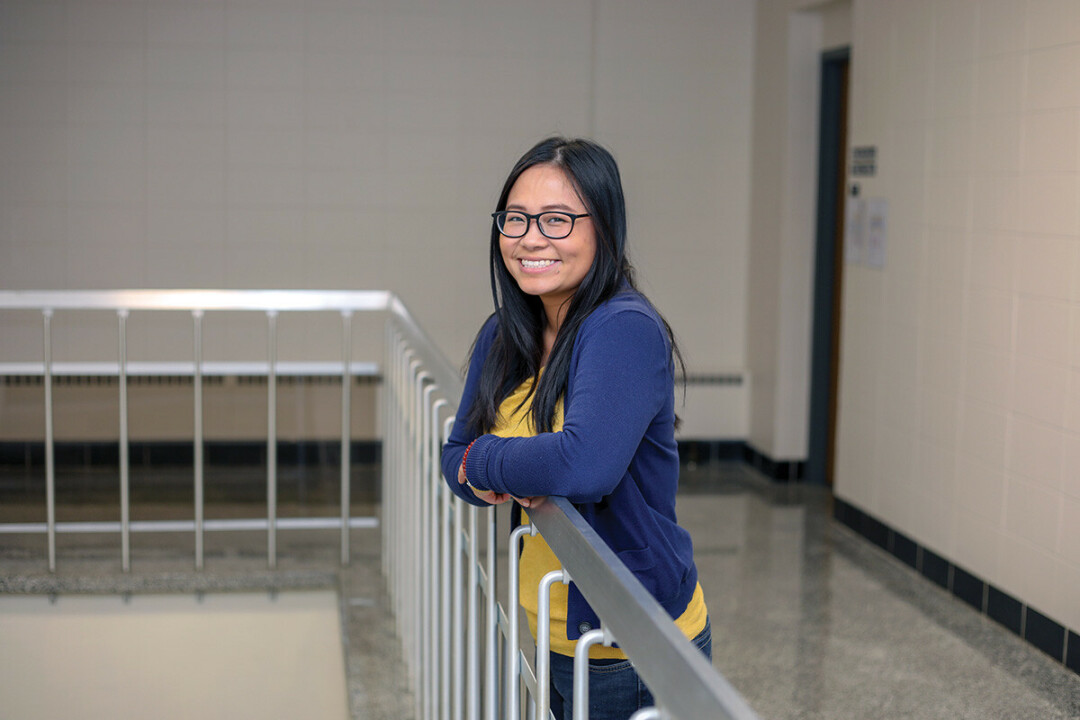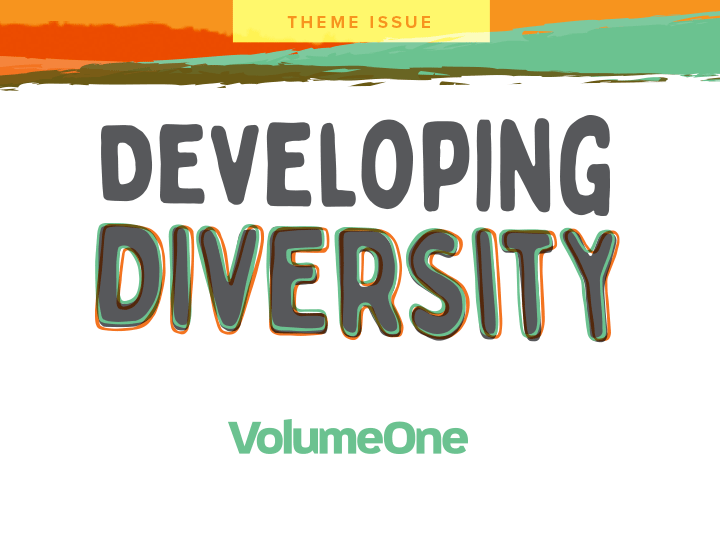CVTC Keeps an Eye on Diversity
college empowers committee to continue inclusion, equity work
Alyssa Van Duyse / Chippewa Valley Technical College, Volume One Partner Content

A few years ago, Amara Frock entered a store in a shopping mall with her mother. They were feet away from each other, looking at similar items, but their experiences were very different.
Frock noticed the store clerk watching her every move – even told her not to touch the calendars Frock was looking to purchase. When Frock told her mom she was going to move on to the next store, the woman followed her, intently watching.
“I’ve always been watched like I’m going to steal,” Frock said as a matter of fact. “People have always seen me as different. I’m usually the only Black person. I see how people look at me.”
Frock, 19, adopted from her home country of Ethiopia by white parents, is in her first semester at Chippewa Valley Technical College. She said she didn’t realize she had a different skin color from most others in Eau Claire until middle school when fellow students would call her derogatory names and teachers had to step in.

Now that she has graduated from high school and is in her first year of college, Frock said the diversity she sees at the college is refreshing. She feels safe at CVTC.
That’s by design, said Holly Hassemer, CVTC’s dean of academic development and a member of the college’s Diversity, Equity, and Inclusion (DEI) committee.
Valuing diversity has long been at the core of CVTC, she said. Passionate faculty and staff have engaged in many activities throughout the years to promote equity and inclusion. But in 2019, college leadership identified the lack of a cohesive, institution-wide approach to diversity, equity, and inclusion issues that can lead to a systemic change, she said. That’s when the DEI committee was formed.
“There really is no such thing as developing diversity. Diversity is a fact,” Hassemer said. “Every individual is unique in a myriad of ways. What we need to recognize is that some types of diversity impact a person’s sense of belonging, their safety and their perception in the eyes of others, while some types of diversity have less impact.
“If we want to develop more diverse workplaces, which comes from more diverse students going through training and degree programs like those at CVTC, colleges and universities must recognize and take action to create learning spaces in which all students can thrive.”
“Every individual is unique in a myriad of ways. What we need to recognize is that some types of diversity impact a person’s sense of belonging, their safety and their perception in the eyes of others, while some types of diversity have less impact.”
Hassemer said CVTC took a huge step forward in 2015 to encourage a more diverse student body when it became one of the first truly open-access colleges in the state by eliminating almost all placement tests.
“Placement testing was a barrier for many students by leading to remedial coursework requirements or disqualification from a program altogether,” she said.
In the years since, statistics show that removing the entrance exam barrier has allowed more students to increase their career opportunities and earning potential through degree attainment, Hassemer said.
Yer Khang, a 26-year-old Hmong student working to achieve a degree as an executive assistant, said CVTC is on the right track.
“To me, developing diversity is seeing diverse students and staff,” Khang said. “I believe that the whole college is diverse. Having a diverse staff helps students feel more comfortable.”
She is also thankful for the CVTC resources like diverse student specialists who are always ready to help.
But Khang, originally from Wisconsin Rapids, said there’s always room for improvement. She’d like her instructors to have more knowledge of diverse backgrounds.
“To me, developing diversity is seeing diverse students and staff. I believe that the whole college is diverse. Having a diverse staff helps students feel more comfortable.”
That, as well as tackling issues like racism, sexism, classism, ablism, and homophobia are at the top of the list for CVTC’s DEI committee, Hassemer said.
“Not surprisingly, our committee is seeing that there are no quick fixes, lots of discomfort, and plenty of setbacks,” Hassemer said. “We do, however, see hope and incremental measures of progress. For example, many of our college spaces have been upgraded to include dedicated nursing rooms for students who are new mothers, and a new prayer/mediation space has been set up at our River Falls campus where there are notable numbers of Somali students.”
Khang said just having the college acknowledge that improvements can always be made is appreciated.
“Diversity means advocating for students – even if it’s just one student,” she said. “It means making people feel more welcomed and included.”



